Audi's third generation TT captures the tech zeitgeist
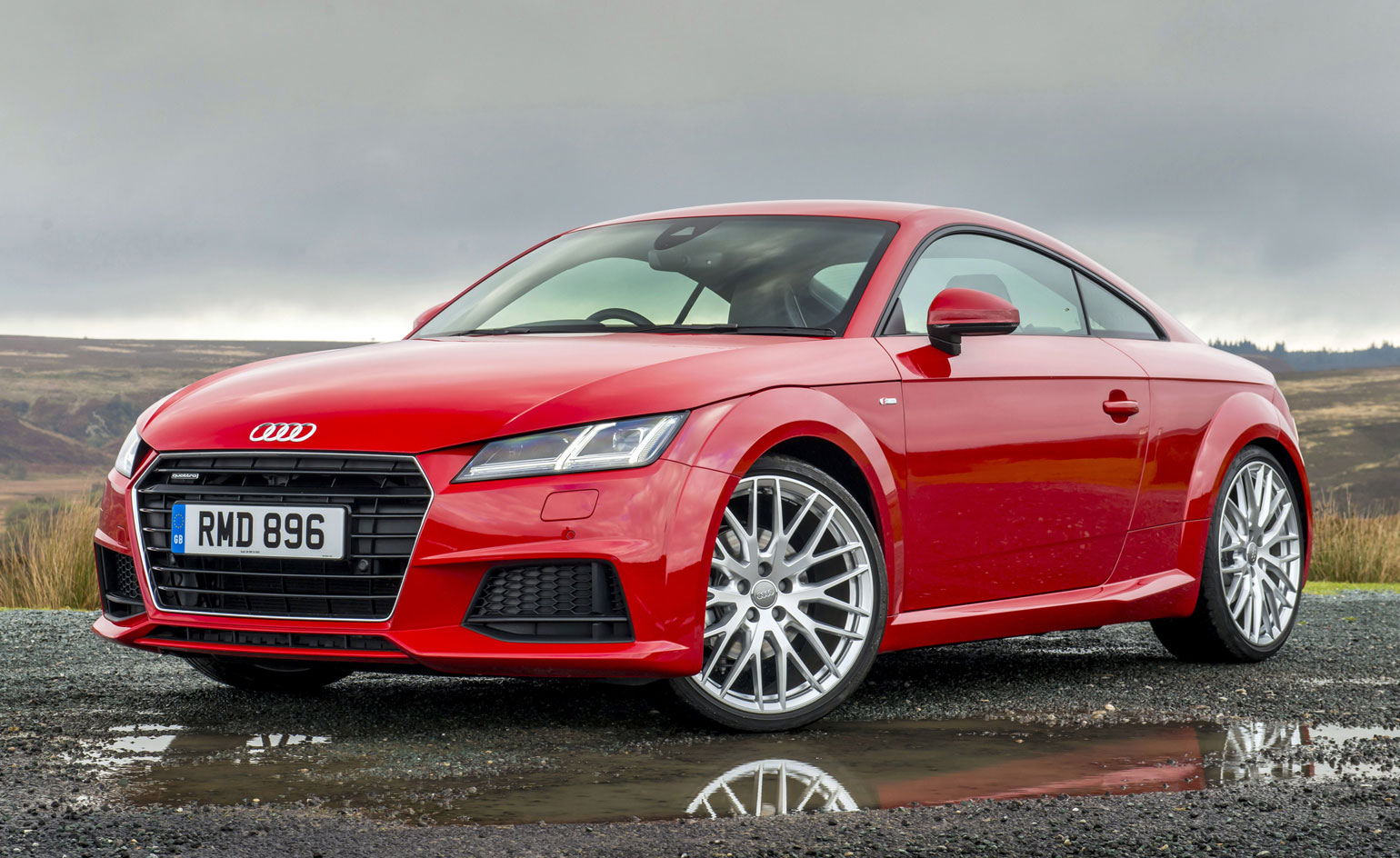
The first TT coupé delighted aesthetes. Unveiled in 1998, it was a viscerally exhilarating design with architectural expressions of form and line. At a time when cars were increasingly commoditised, bland products, Audi's new compact sports car was a wonderful piece of contemporary automotive design that helped elevate the marque to a whole new level.
Today, Audi's world is quite different. In 1998 the company was just beginning its march into the premium sector with only 17 models in its portfolio. Now Audi boasts close to 50 and rising, with sales of close to 1.3 million cars this year. Perhaps risk taking isn't so necessary. To this end, the third generation TT isn't as exciting as the original model. However, it follows a similar visual narrative and certainly has the same considered approach.
We tested the TT in Scotland, where the landscape and roads have the kind of poetry that make most cars shine. The wild drama and autumnal palette act as the perfect canvas for the clean and precise surfaces of the new TT.
The original model was characterised by its low, seemingly 'added-on' roof and wheel arches where the circular shapes formed a powerful contrast with the blunt horizontal lines along the flanks. Here these elements are echoed but tamed to be much more subtle. The fuel lid remains defiantly round; the exhaust pipes are large and circular.
This third generation car is more compact but with a longer wheelbase and shorter overhangs, providing a bit more boot space but still tiny rear seats. As with all recent Audis, it is exquisite in its execution too, the mainly lightweight aluminium body is impressively sculpted and lovingly detailed.
Crucially, the TT is now more closely linked to Audi's ultimate sports car, the R8, through its low positioned wide single-frame grille and distinctive light design which makes it visually much more of a sports car.
The story gets exciting when you enter the cabin - this clean clutter-free environment captures the tech zeitgeist. The highlight is what Audi is calling the 'virtual cockpit'. Here the usual central screen has been replaced with a 12.3-inch fully digital LCD display - the Google Earth satellite navigation is so unusually high in resolution that we can almost count the leaves on the trees - and ergonomically placed directly in the driver's view.
The screen can be personalised under 'infotainment' and 'classic' interfaces using handy wheel-mounted buttons or the central MMI knob that is also touch sensitive, with full smartphone connectivity available to stream your playlist, and listen to, on the optional Bang & Olufsen 12-speaker, 680-watt sound system.
The TT is also great fun to drive on these empty, seemingly endless roads. One of the issues with the original car was its lack of sportsmanship - it is after all categorised as a sports car. To combat this, Audi engineers have benchmarked the Cayman at sister brand Porsche to improve this lightweight car's Nürburgring times. They have also added a range of petrol and diesels, with the pinnacle RS model completing the family in March - so there will be a TT to suit any aesthete with an appetite for speed.
When the first TT was introduced, Audi didn't have the R8 sports car and the little coupe had to perform a dual role as the firm's design and engineering ambassador. Now the TT can relax a little, be more of a niche product that is still about good design, possibly less about shifting the paradigm, yet with its definite quality of conception, proportion and detail, it remains a beautiful example of modern automotive design.
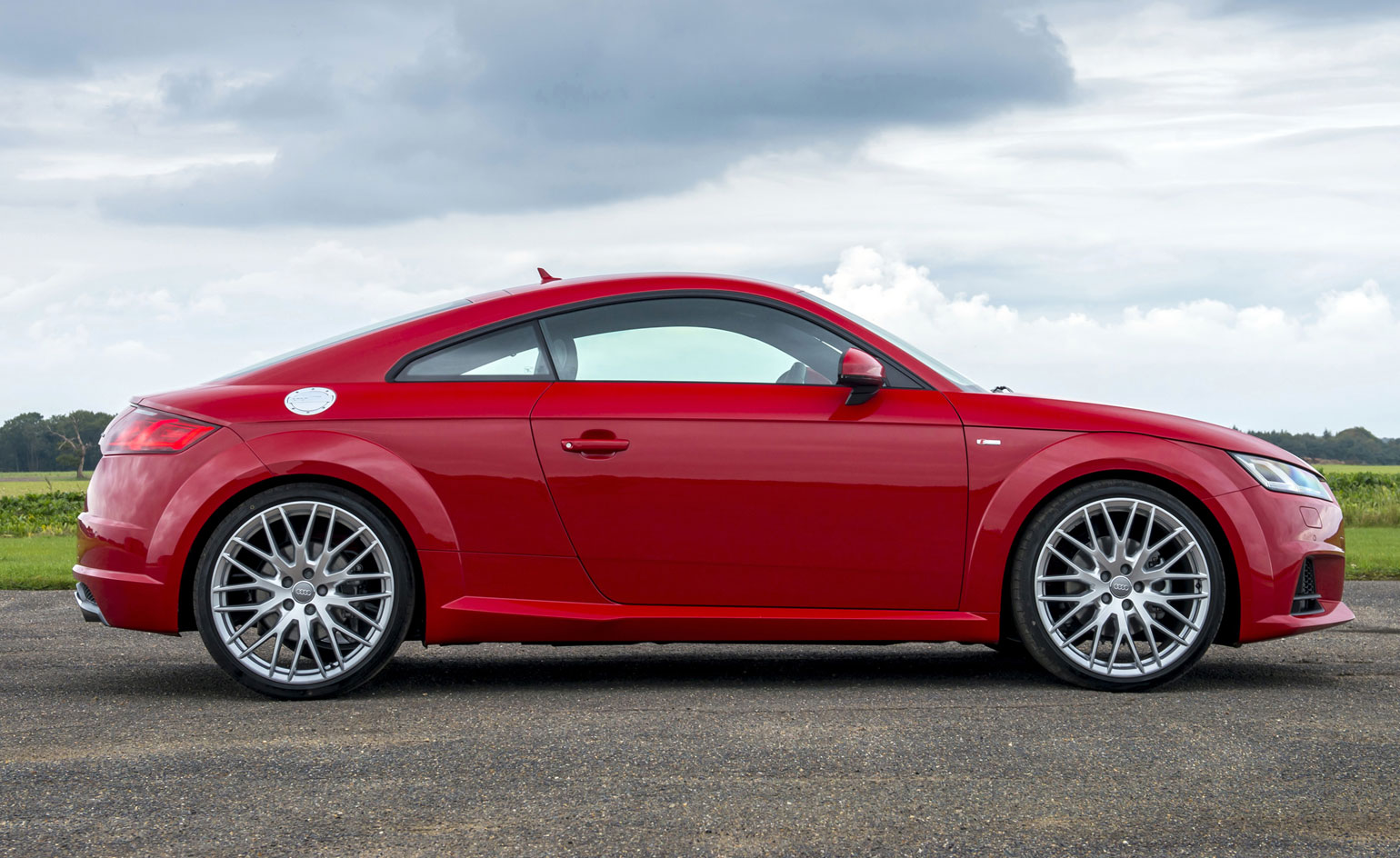
Here, the wild drama and autumnal palette act as the perfect canvas for the clean and precise surfaces of the new TT. This third generation car is more compact but with a longer wheelbase and shorter overhangs
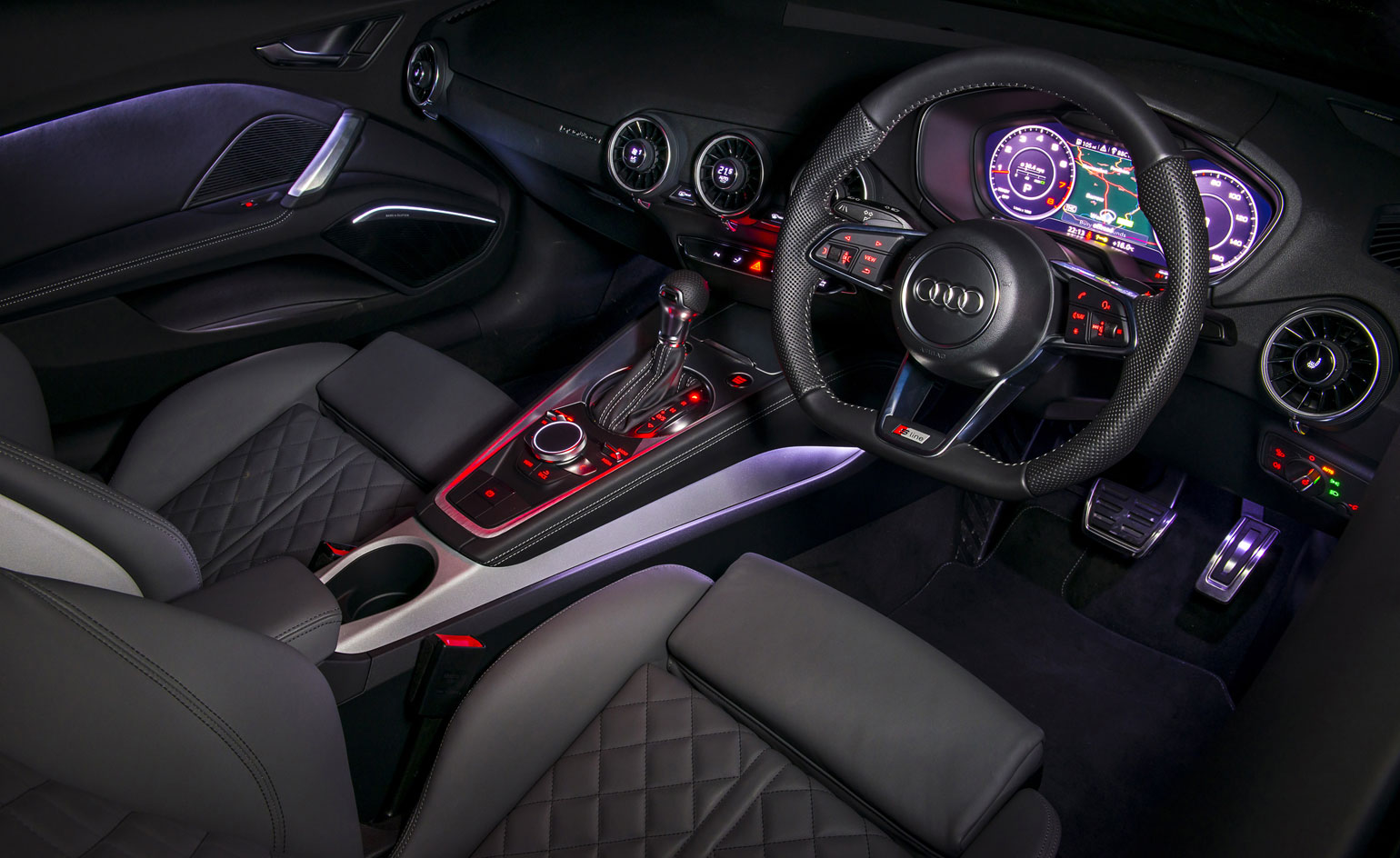
The story gets exciting when you enter the cabin - this clean clutter-free environment captures the tech zeitgeist. The highlight is what Audi is calling the 'virtual cockpit'
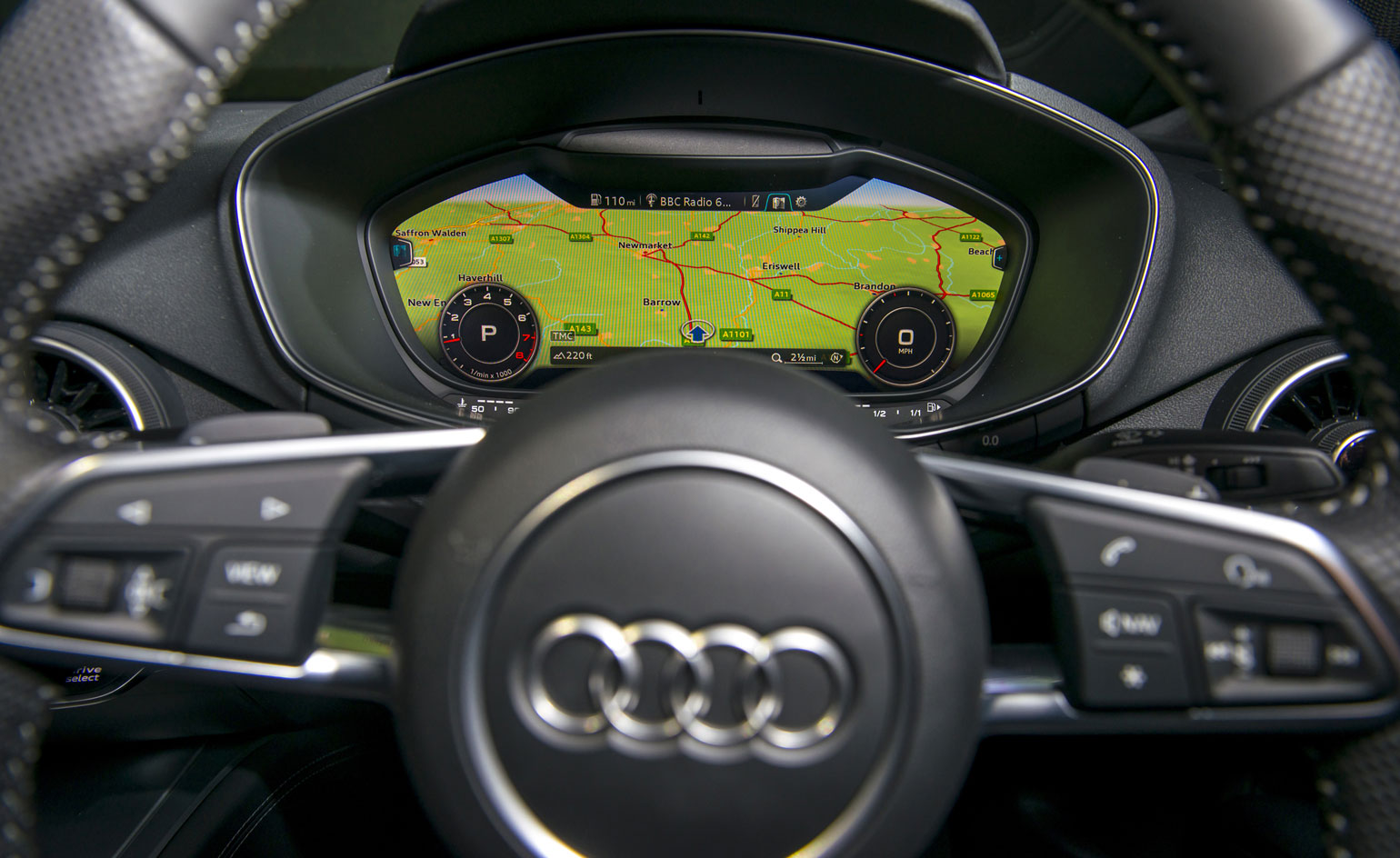
The usual central screen has been replaced with a 12.3-inch fully digital LCD display - the Google Earth satellite navigation is so unusually high in resolution that we can almost count the leaves on the trees - and ergonomically placed directly in the driver's view
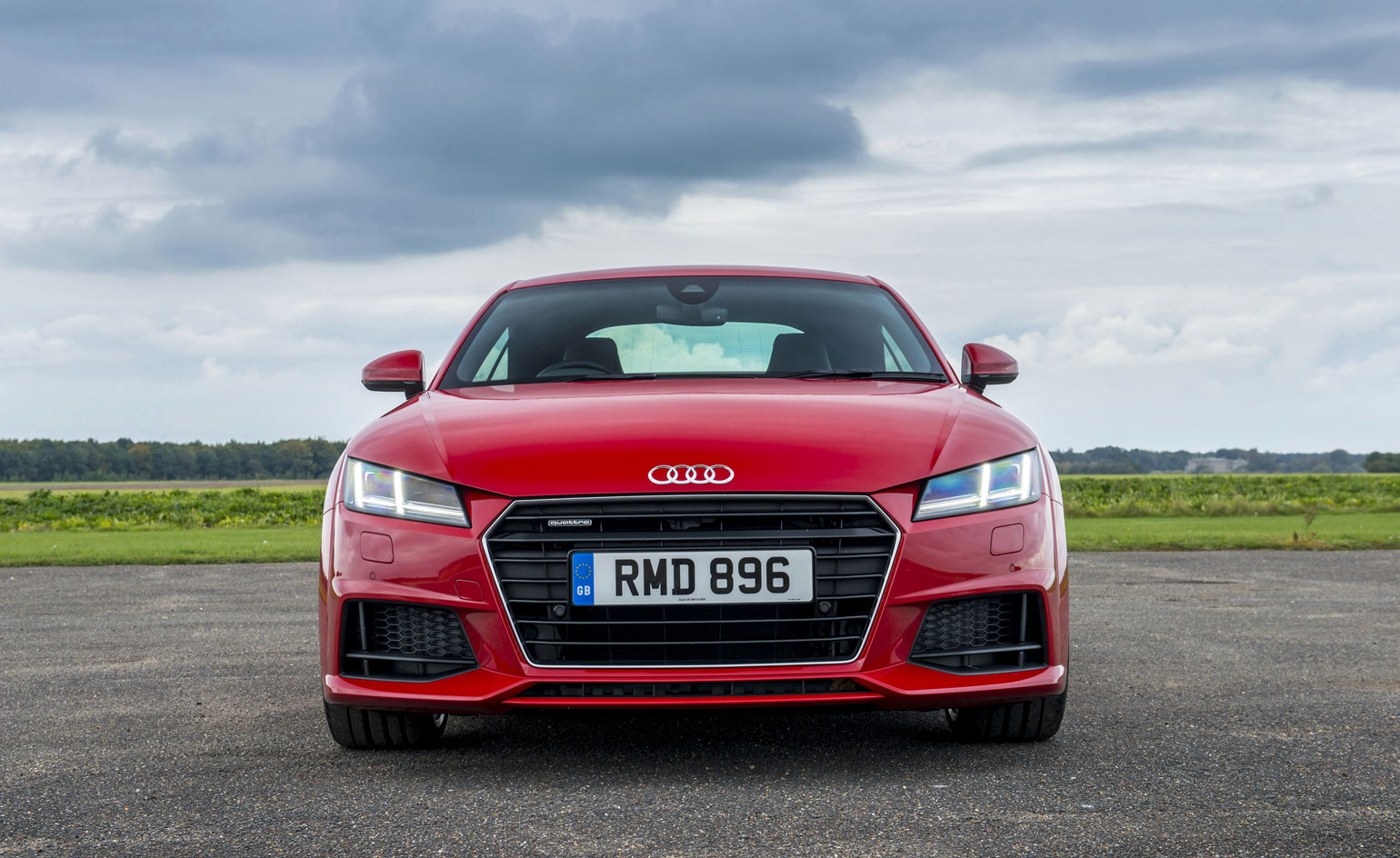
Crucially, the TT is now more closely linked to Audi's ultimate sports car, the R8, through its low positioned wide single-frame grille and distinctive light design which makes it visually much more of a sports car
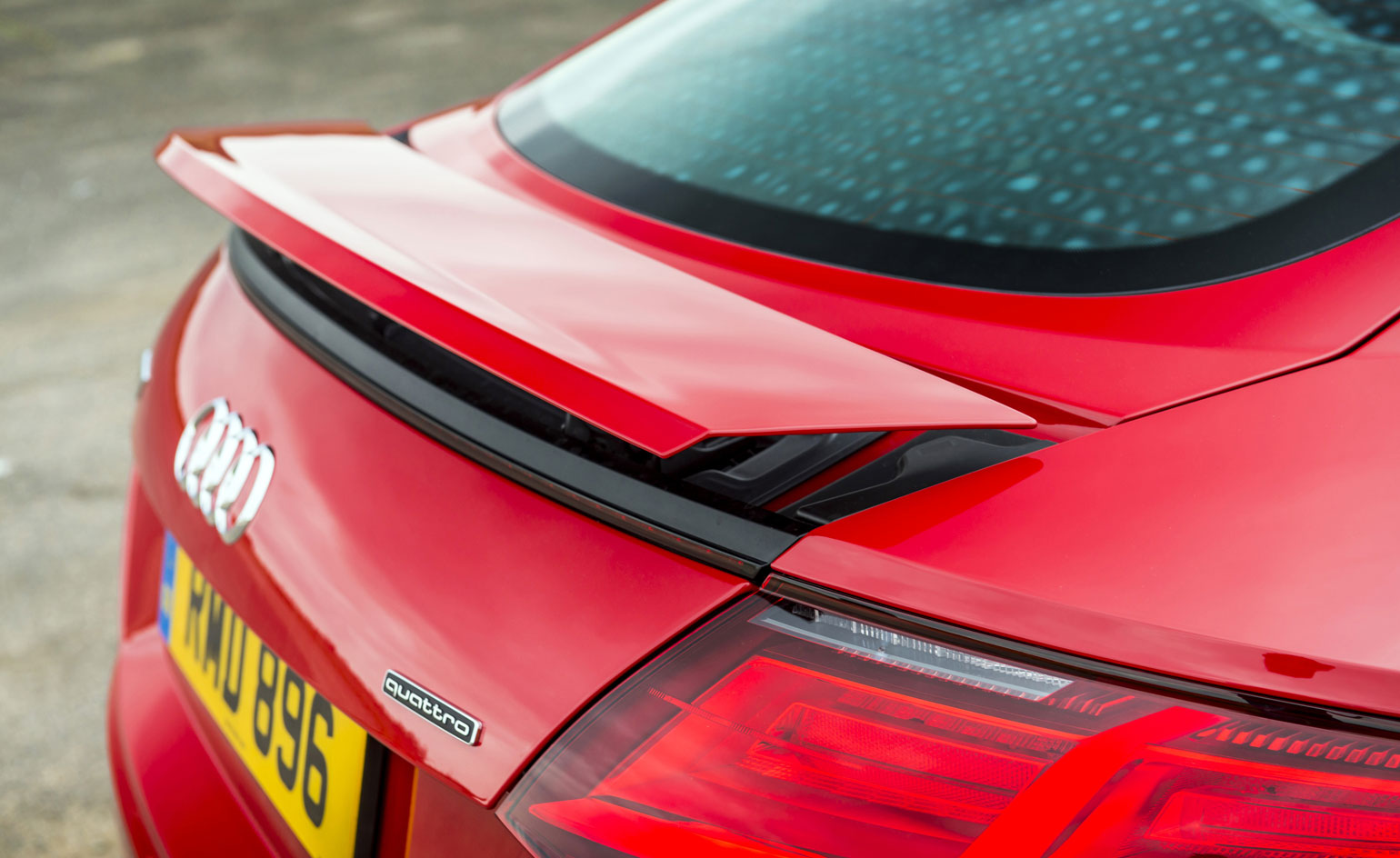
The mainly lightweight aluminium body is impressively sculpted and lovingly detailed
Receive our daily digest of inspiration, escapism and design stories from around the world direct to your inbox.
A writer and editor based in London, Nargess contributes to various international publications on all aspects of culture. She is editorial director on Voices, a US publication on wine, and has authored a few lifestyle books, including The Life Negroni.
-
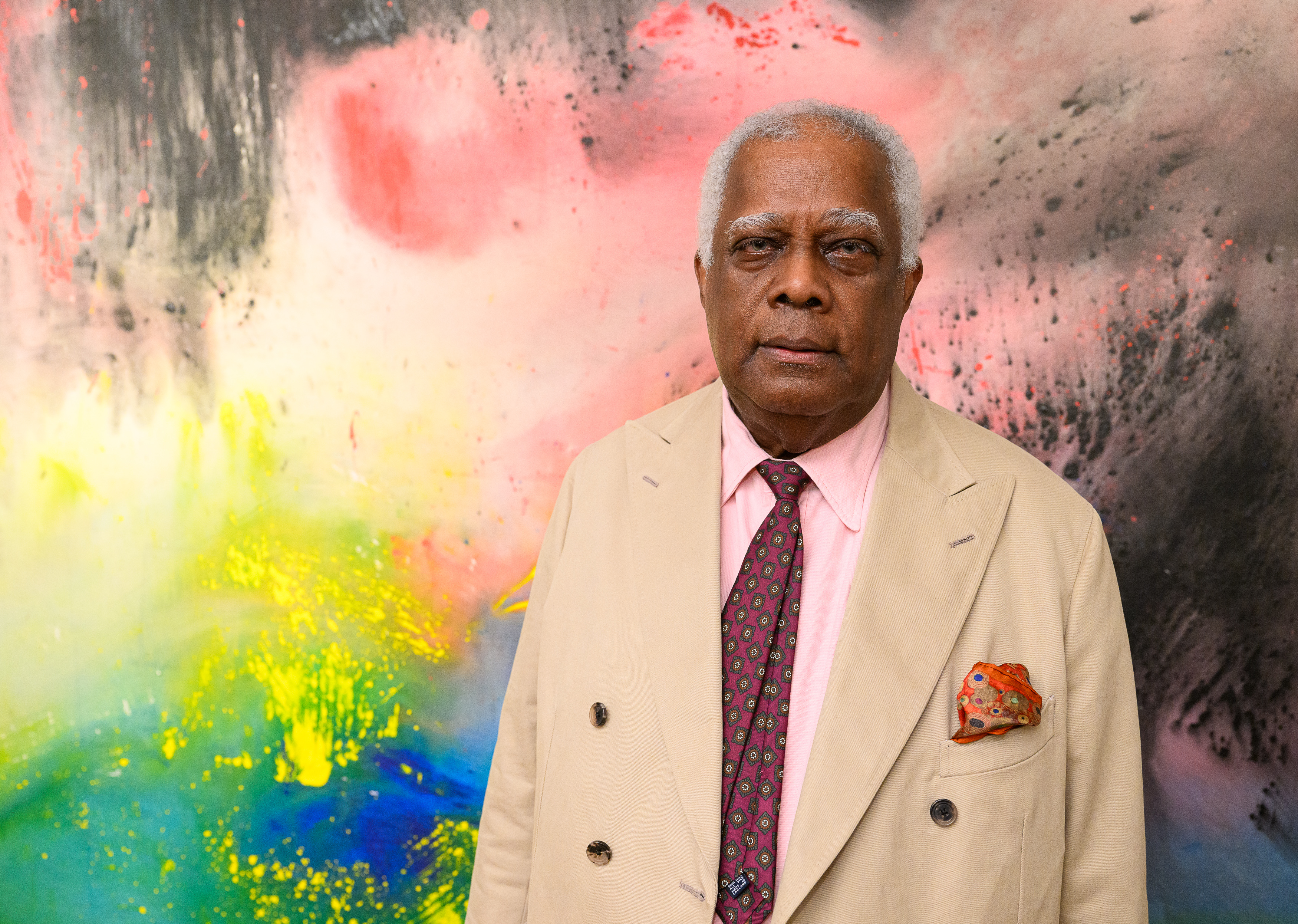 Winston Branch searches for colour and light in large-scale artworks in London
Winston Branch searches for colour and light in large-scale artworks in LondonWinston Branch returns to his roots in 'Out of the Calabash' at Goodman Gallery, London ,
-
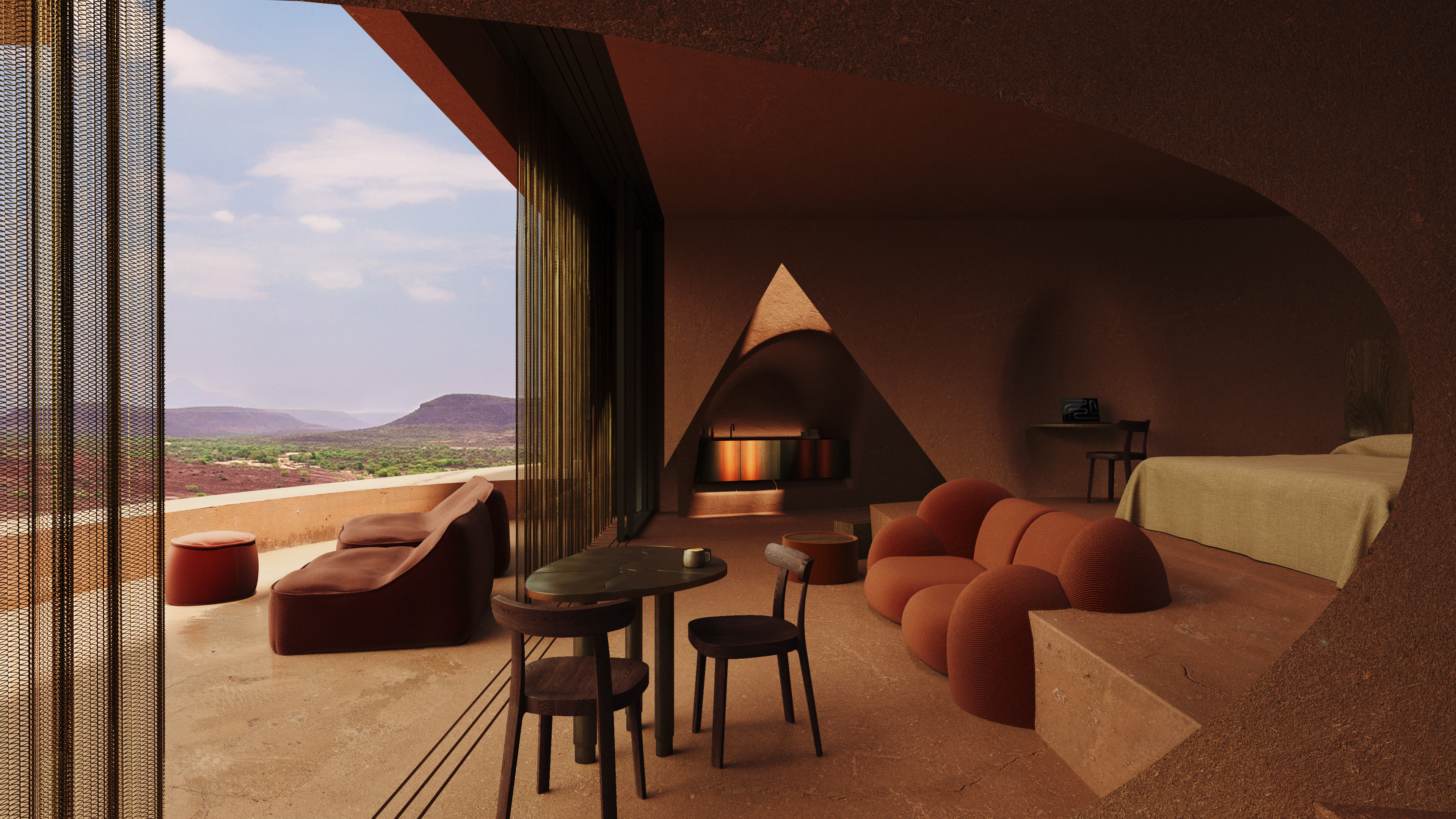 The most anticipated hotel openings of 2026
The most anticipated hotel openings of 2026From landmark restorations to remote retreats, these are the hotel debuts shaping the year ahead
-
 Is the future of beauty skincare you can wear? Sylva’s Tallulah Harlech thinks so
Is the future of beauty skincare you can wear? Sylva’s Tallulah Harlech thinks soThe stylist’s label, Sylva, comprises a tightly edited collection of pieces designed to complement the skin’s microbiome, made possible by rigorous technical innovation – something she thinks will be the future of both fashion and beauty
-
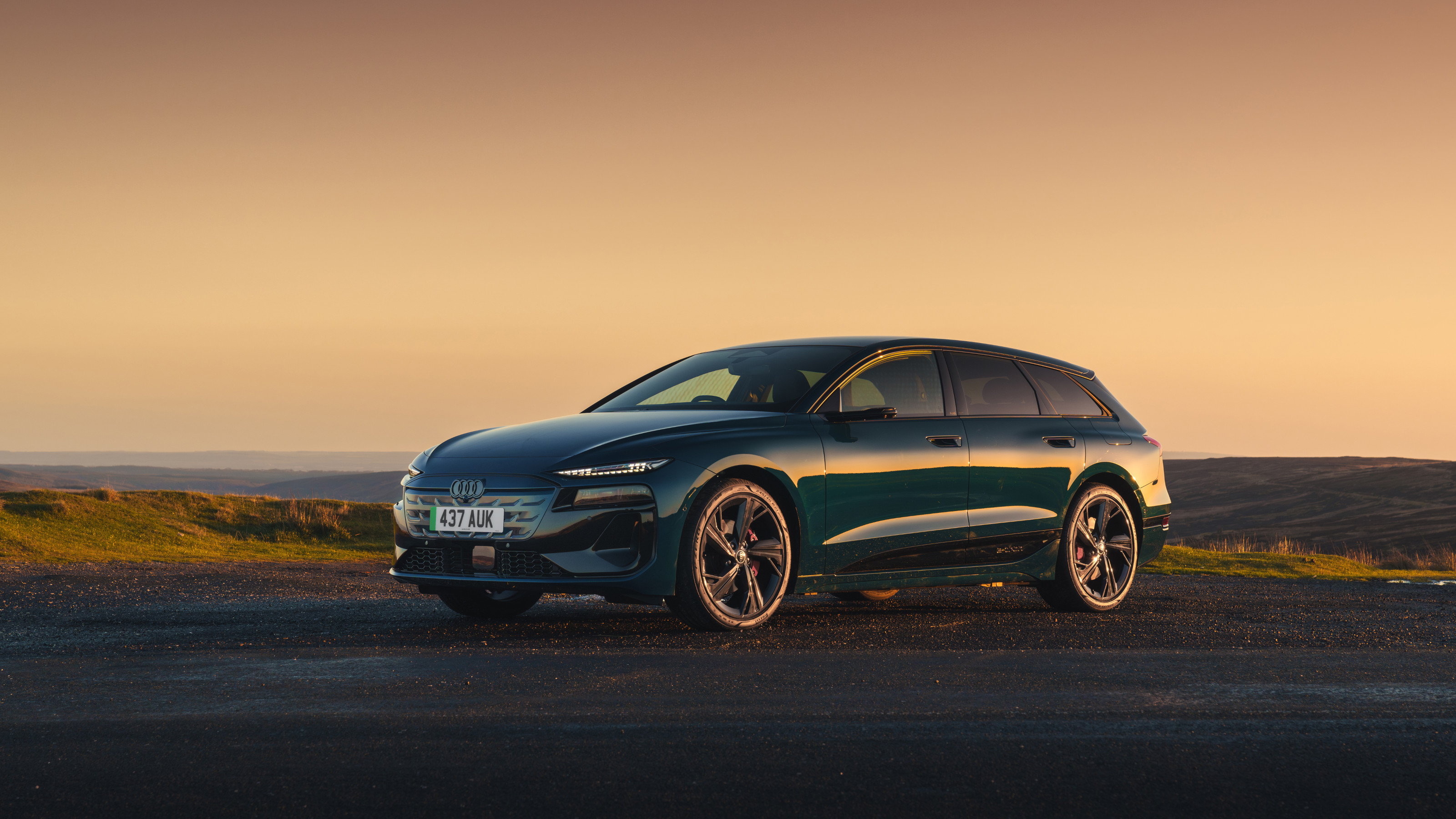 A tale of two Audis: the A5 saloon goes up against the A6 Avant e-tron
A tale of two Audis: the A5 saloon goes up against the A6 Avant e-tronIs the sun setting on Audi’s ICE era, or does the company’s e-tron technology still need to improve?
-
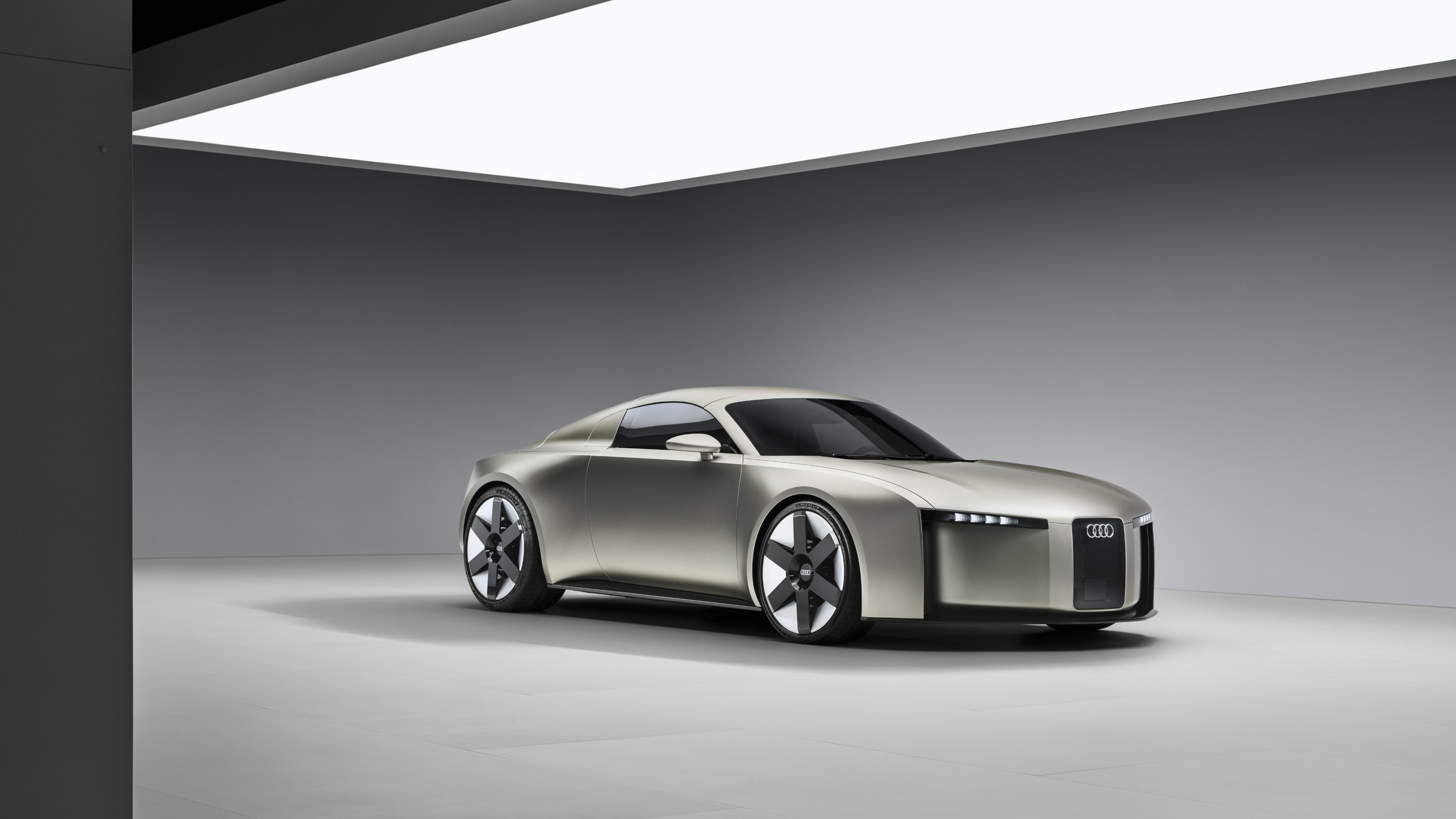 The Audi Concept C strives for clarity, drawing on the past to present a new face for the future
The Audi Concept C strives for clarity, drawing on the past to present a new face for the futureLaunched this month in Milan, the Audi Concept C is a reboot of both design language and visual identity for the German manufacturer
-
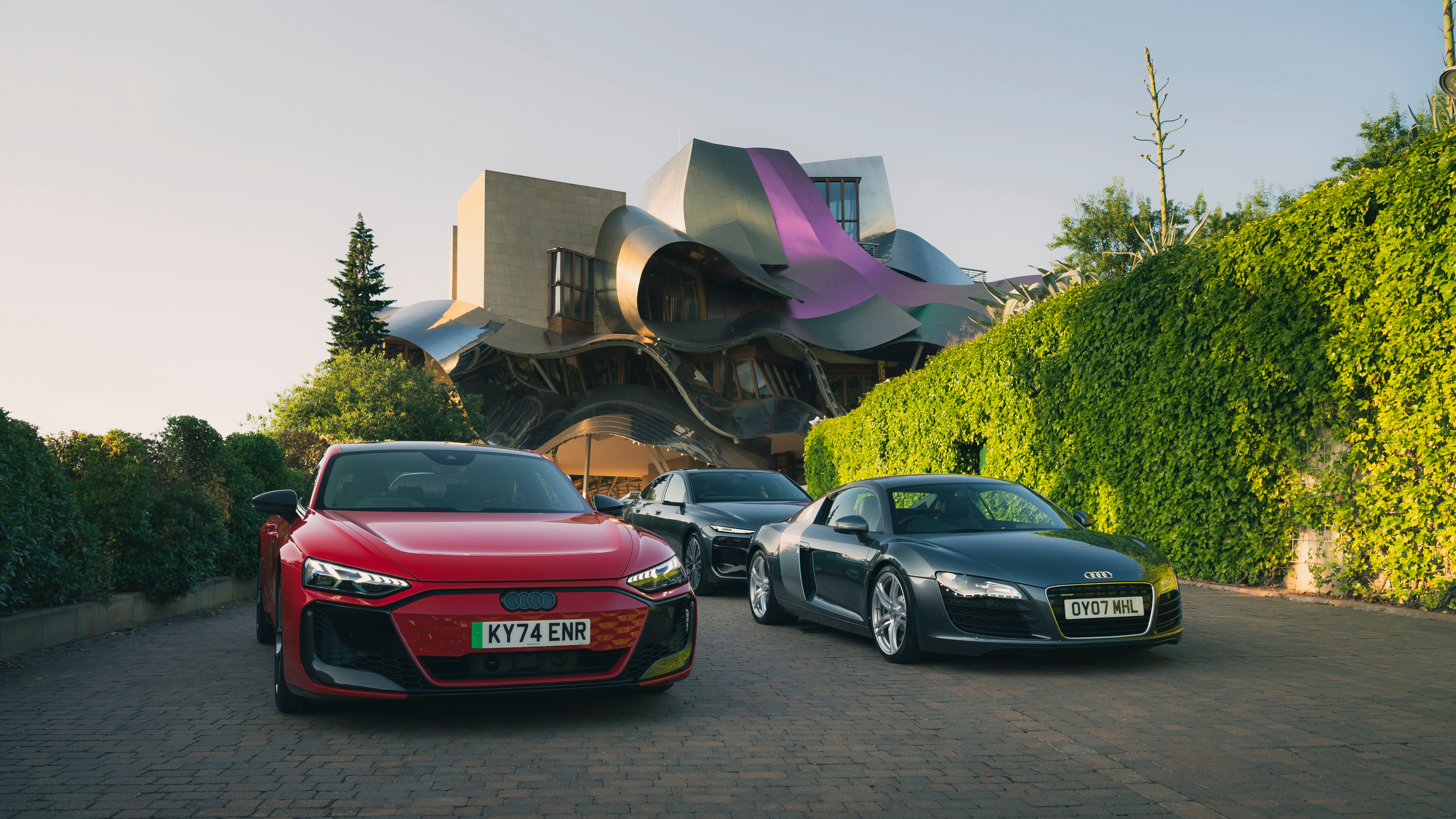 How design defined Audi: the brand celebrates 60 years with a collection of its greatest hits
How design defined Audi: the brand celebrates 60 years with a collection of its greatest hitsA fleet of iconic Audis, the flowing lines of Frank Gehry’s architecture and the open roads of Northern Spain made for a design-rich experience
-
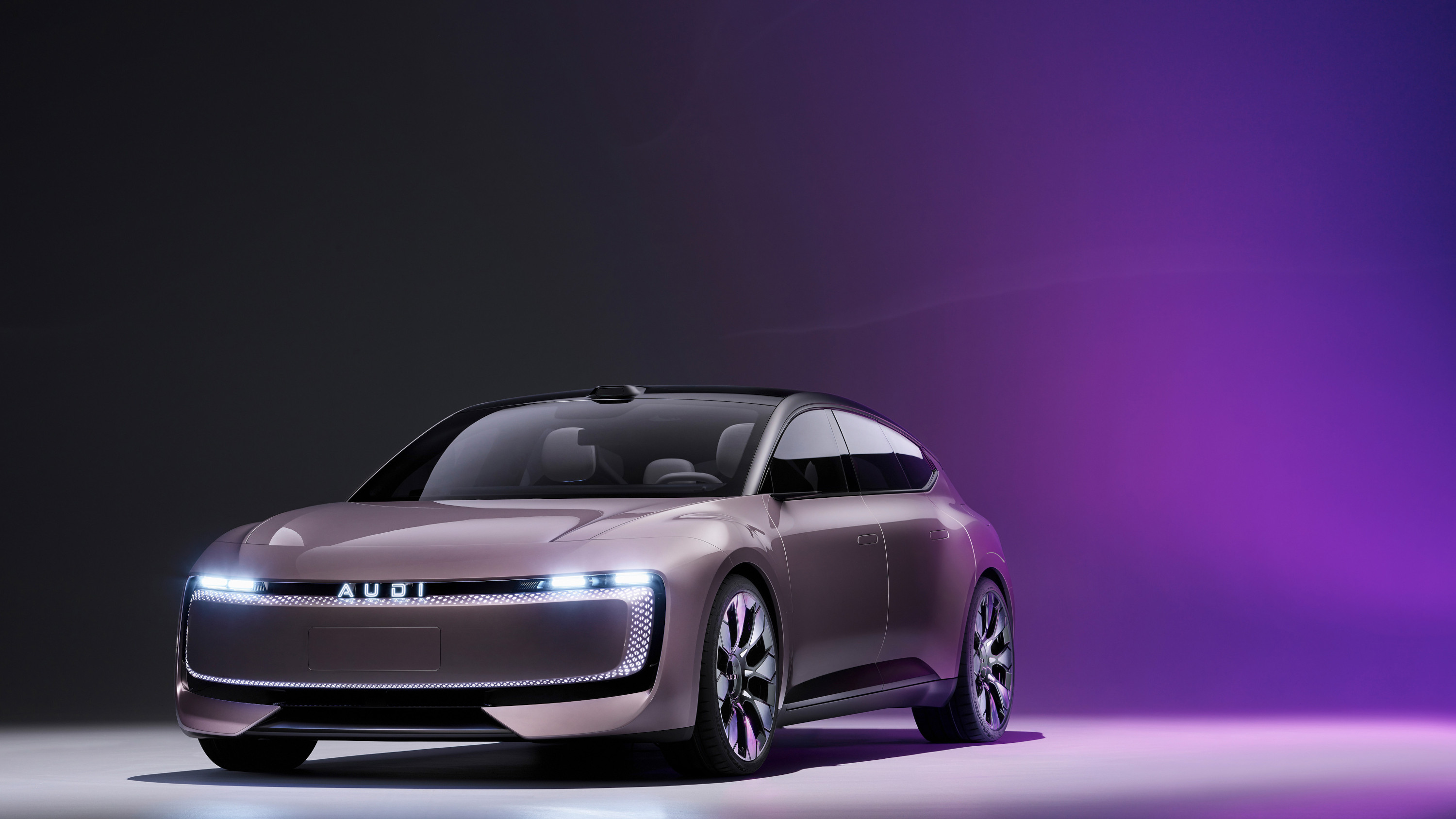 Audi launches AUDI, a China-only sub-brand, with a handsome new EV concept
Audi launches AUDI, a China-only sub-brand, with a handsome new EV conceptThe AUDI E previews a new range of China-specific electric vehicles from the German carmaker’s new local sub-brand
-
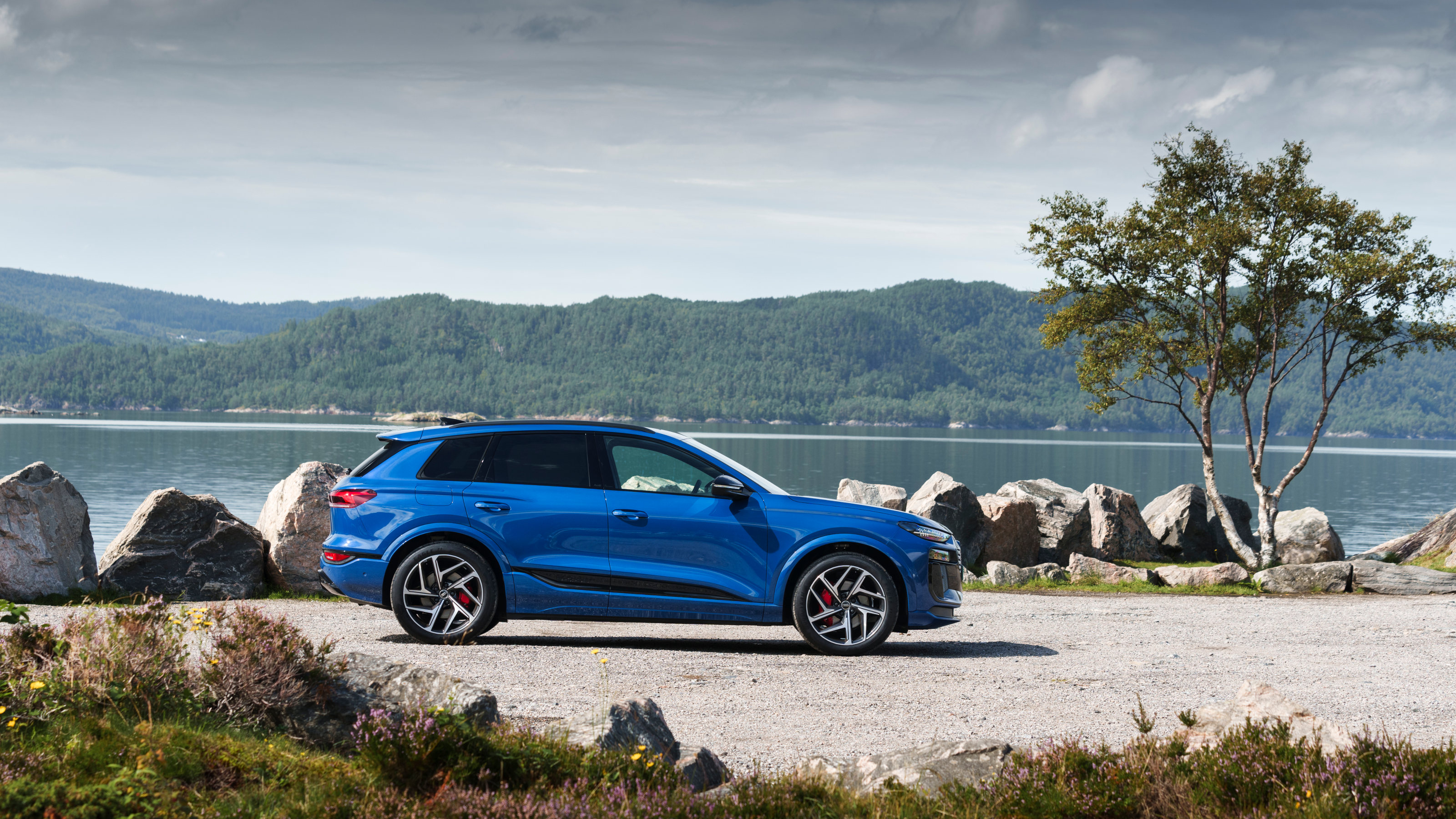 We take Audi’s new Q6 e-tron quattro around and across the fjords of Norway
We take Audi’s new Q6 e-tron quattro around and across the fjords of NorwayThe new Audi Q6 e-tron quattro is a pure EV that marks a new design direction for the German brand, setting new tech standards along the way. Transportation Editor, Jonathan Bell, takes it for a drive
-
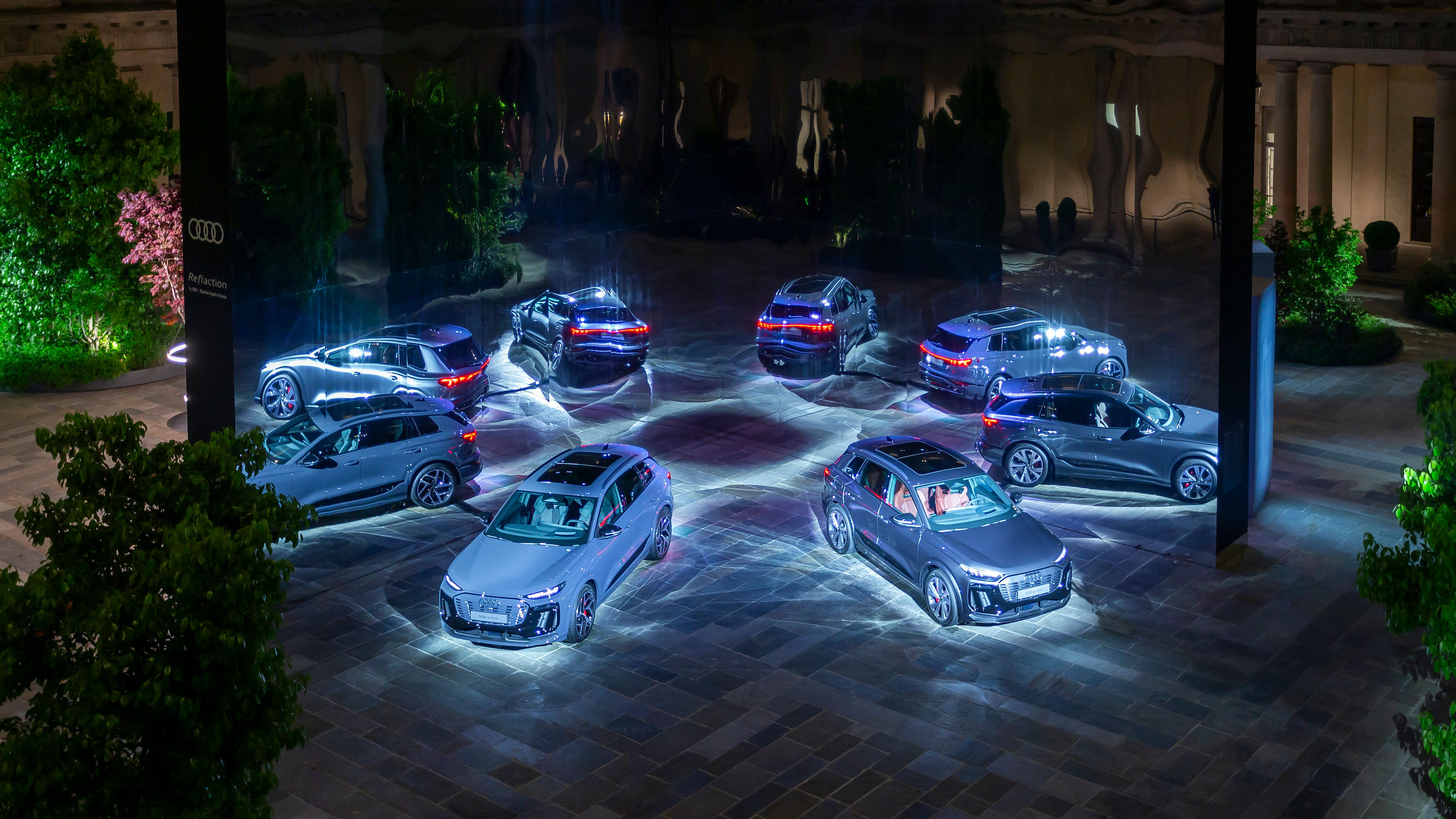 A deep dive into the new Audi Q6 e-tron, revealed at Milan Design Week 2024
A deep dive into the new Audi Q6 e-tron, revealed at Milan Design Week 2024The Audi Q6 e-tron is the brand's latest all-electric car, a stylish powerhouse launched at Audi’s House of Progress in Milan
-
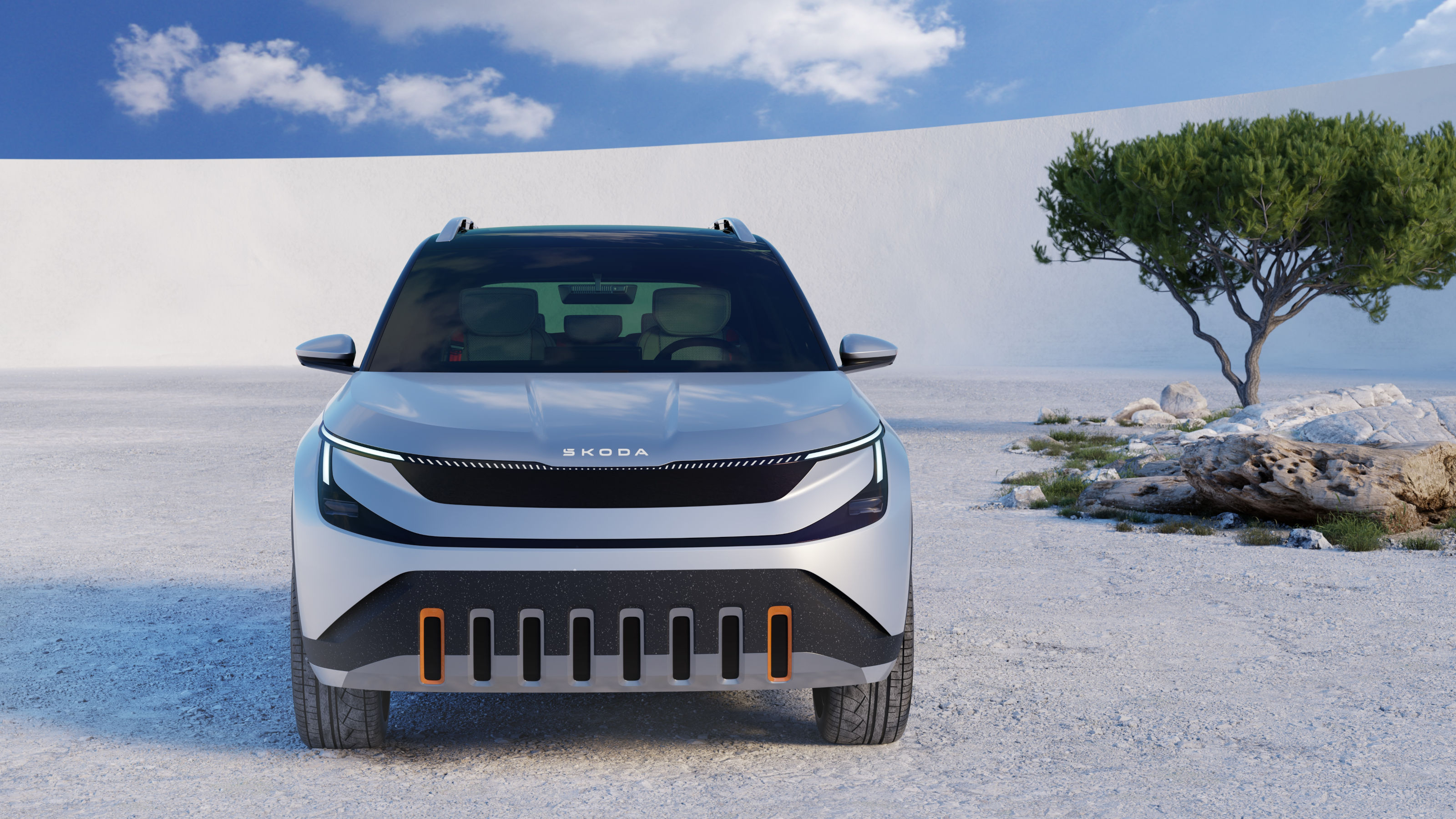 Coming soon: a curated collection of all the new EVs and hybrids that matter
Coming soon: a curated collection of all the new EVs and hybrids that matterWe've rounded up new and updated offerings from Audi, Porsche, Ineos, Mini and more to keep tabs on the shifting sands of the mainstream car market
-
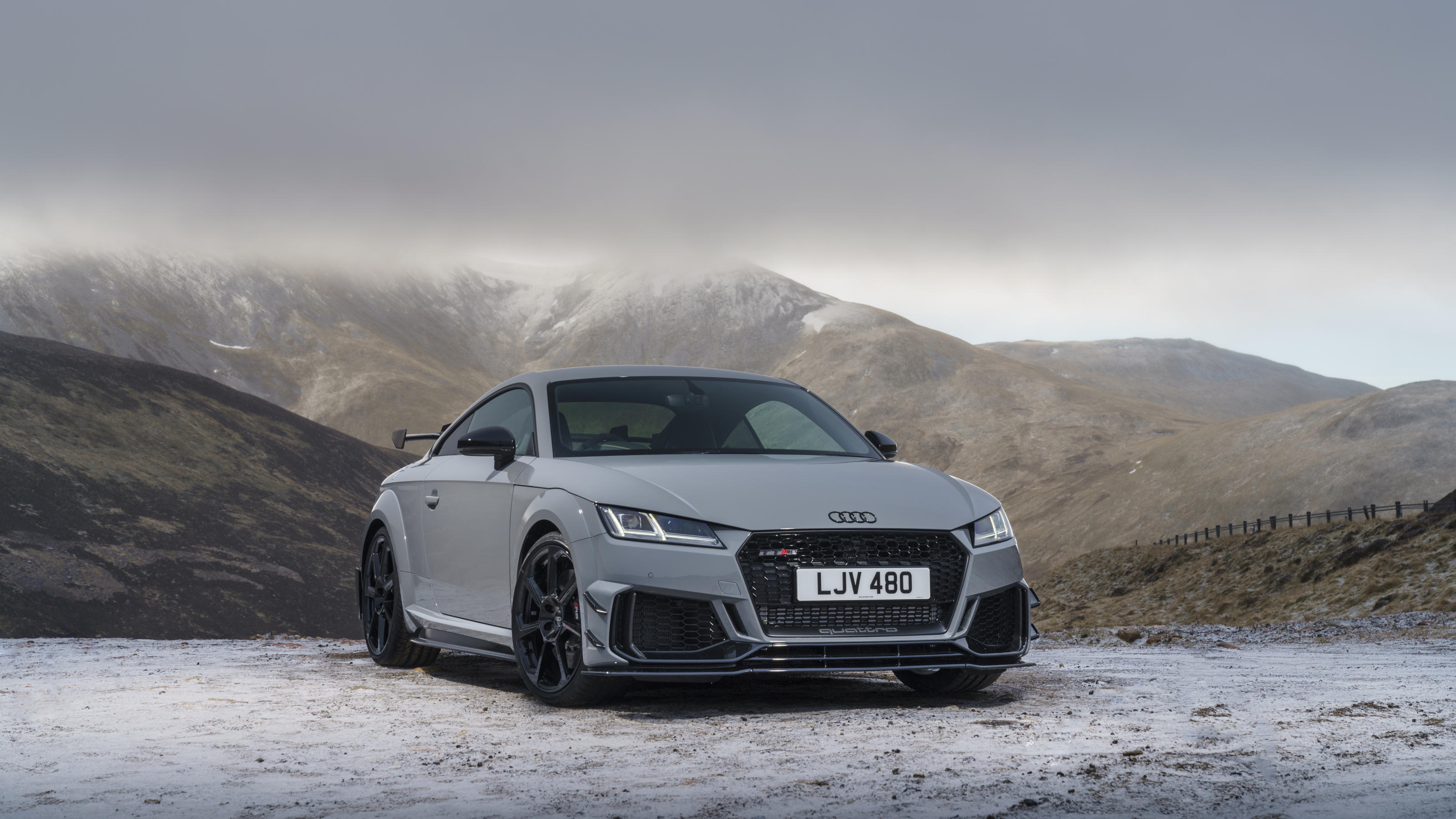 Farewell to the Audi TT, a design icon that evolved with the automotive landscape
Farewell to the Audi TT, a design icon that evolved with the automotive landscapeFor over 25 years, the Audi TT has been synonymous with the brand, a modern machine that initially favoured style over sport. The final editions are very different beasts to the original